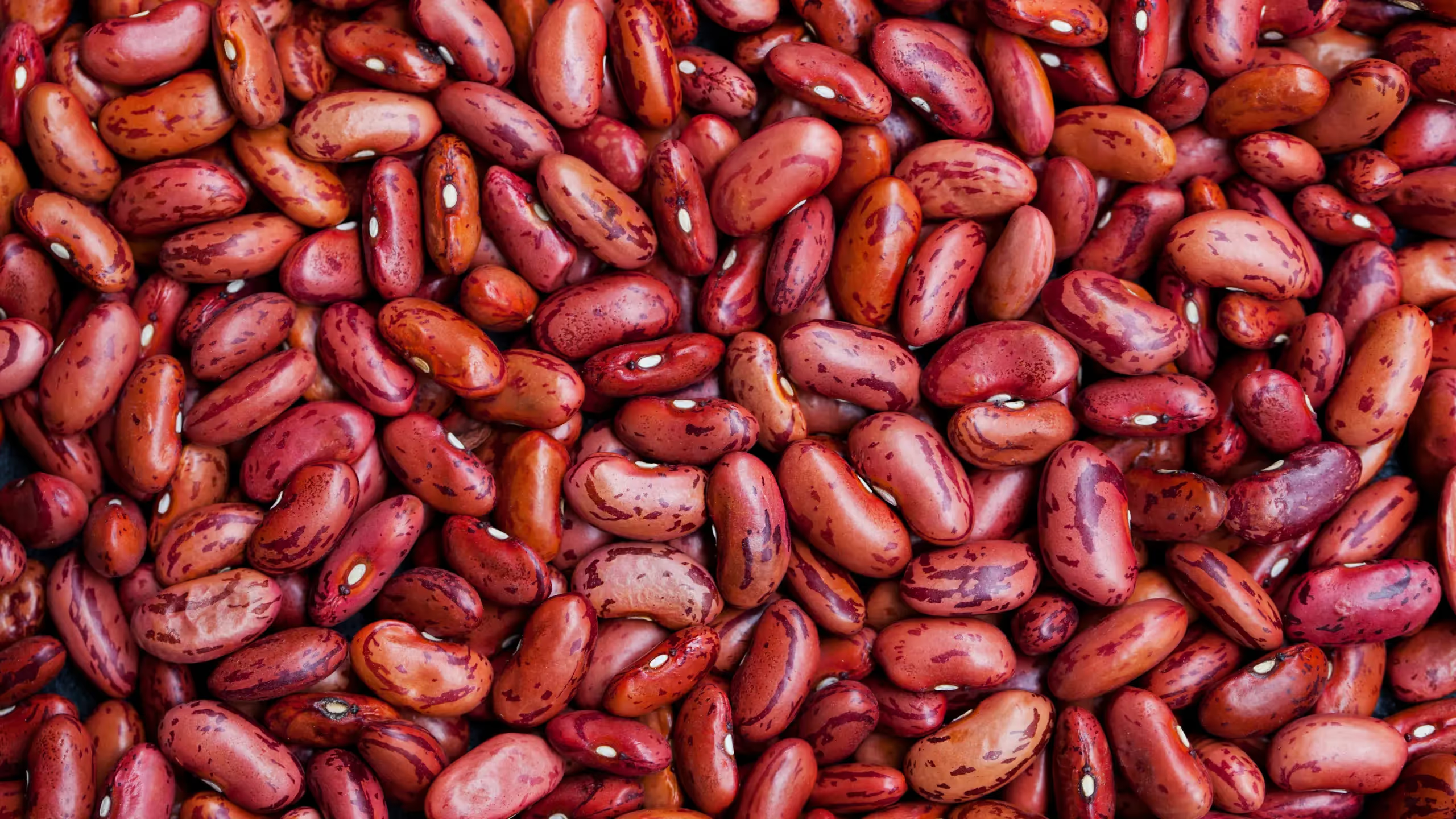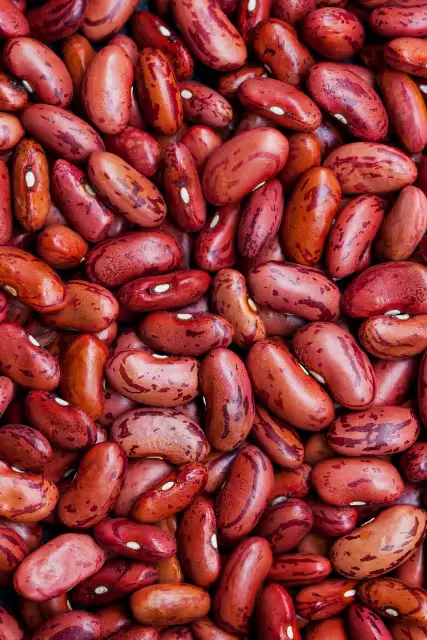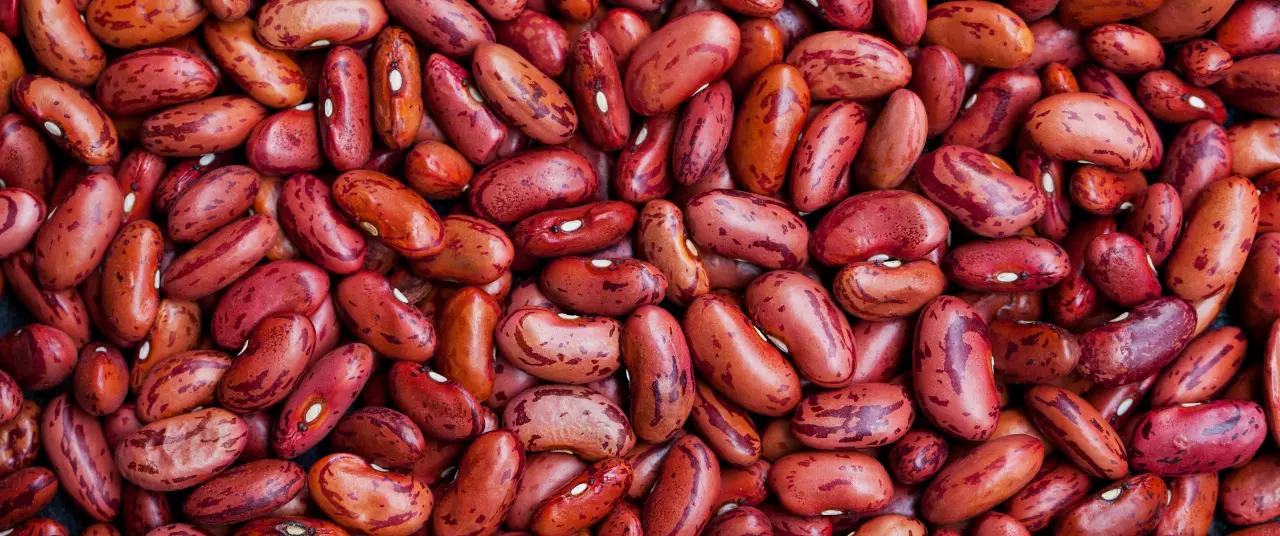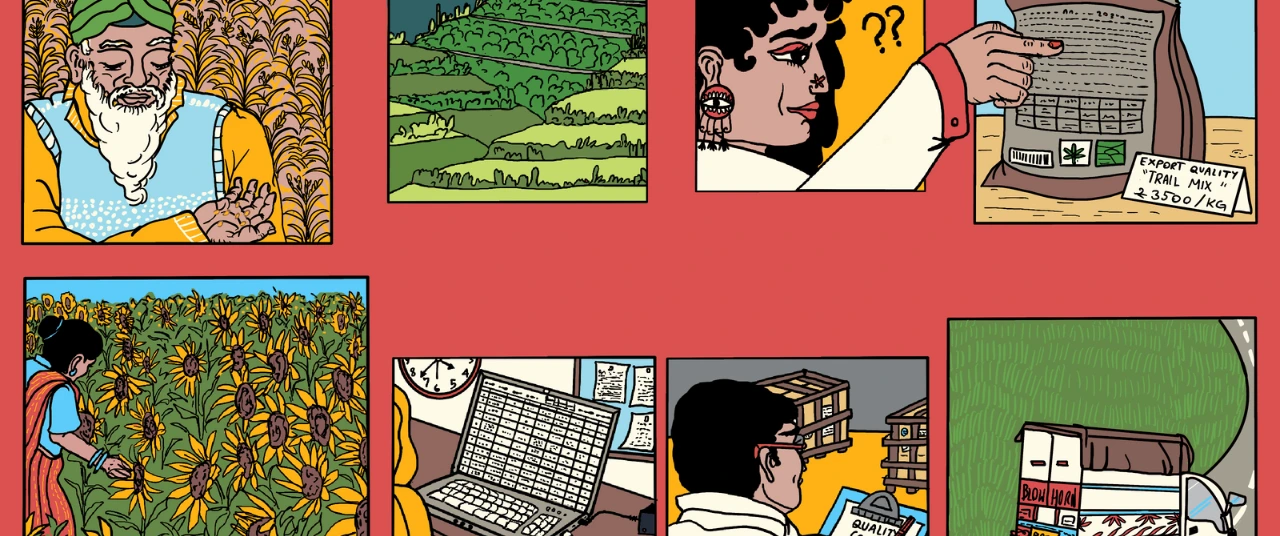Proteins are made of 20 building blocks. Your body only makes 11; the rest are on your dinner plate






Editor's Note: From grocery lists, to fitness priorities, and even healthy snacking, protein is everywhere—but do we truly understand it? In this series, the Good Food Movement breaks down the science behind this vital macronutrient and its value to the human body. It examines how we absorb protein from the food we consume, how this complex molecule has a role to play in processes like immunity, and the price the Earth pays for our growing protein needs.
Why has protein suddenly become the global poster child for modern nutrition? From nutritionists, to scientists, to artificial intelligence, everyone is invested in this macronutrient. In fact, one of AI’s biggest biology puzzles has become understanding how proteins fold into their unique 3D shapes.
Proteins are essential to our bodies. They build muscle, carry oxygen, fight infections, digest food, and even help our brains think. Essential components like enzymes, haemoglobin, hormones, muscles, and keratin—that constitute our organs, skin and hair—are made up of protein. The human body has over 20,000 protein-coding genes (segments of DNA that contain instructions on how to make proteins), and each protein serves a purpose.
But…what are proteins exactly?
The ways in which they fold (twist, curl and arrange themselves in 3D) determines what they eventually form, and how they function in the body—like enzymes, hormones and antibodies, among others.
Proteins are long chains made up of smaller molecules called amino acids. Think of amino acids like LEGO blocks—there are 20 kinds, and you can snap them together in endless ways to build thousands of different proteins. The ways in which they fold (twist, curl and arrange themselves in 3D) determines what they eventually form, and how they function in the body—like enzymes, hormones and antibodies, among others. But predicting this folded shape just from the sequence of amino acids is a complex affair.
(Note that proteins are infinitely varied and intricate—and this short explainer only scratches the surface. It’s like trying to describe the entire Internet using a sticky note. But hey, we’re trying.)
Also read: Protein’s seen and unseen benefits: How it affects metabolism, muscle repair
A history of the mystery molecule
We need to know which amino acids build the protein molecule before predicting how it may fold. This is known as protein sequencing. Why is this important? To understand how a protein functions, how it interacts with other molecules, and how mutations may cause it to malfunction.
For instance, a single amino acid change in the haemoglobin protein leads to sickle cell disease, altering the shape and function of red blood cells. Insights like these help researchers develop targeted medications, study genetic disorders, and even design synthetic proteins from scratch—such as enzymes that break down plastic, or lab-made antibodies used in cancer immunotherapy. Essentially, protein sequencing helps understand life on a molecular level.
Insights like these help researchers develop targeted medications, study genetic disorders, and even design synthetic proteins from scratch—such as enzymes that break down plastic, or lab-made antibodies used in cancer immunotherapy.
The quest to sequence this macronutrient stretches back centuries. As early as 1789, French chemist Antoine Fourcroy noticed that substances like albumin, fibrin, and gelatin shared similar properties, though back then they were still called ‘Eiweisskörper’ (literally, ‘egg-white bodies’). A few decades later, in 1819, Henri Braconnot managed to isolate the first amino acids, leucine and glycine, from natural sources—hinting at the building blocks behind proteins.
The word ‘protein’ itself was coined in 1838 by Dutch chemist Gerardus Johannes Mulder, rooted in the Greek ‘of first importance.’ But it wasn’t until the 20th century that things really took off.
In the early 1950s, Frederick Sanger cracked the amino acid sequence of insulin, proving for the first time that proteins have precise, genetically determined structures. Around the same time, George Palade discovered ribosomes—the workers in our cells that assemble proteins based on instructions from our genes. Then in 1958, John Kendrew used X-ray crystallography to unveil the first detailed 3D structure of a protein—myoglobin from a sperm whale—ushering in the age of structural biology.
Fast-forward to 2020, DeepMind’s AI tool AlphaFold accurately predicted protein’s myriad 3D shapes from amino acid sequences—something that took labs years to figure out. In 2021, it released structures for over 200 million proteins (essentially covering every protein known to science today), transforming the way we understand what our bodies are made of.
Also read: Whey to go: A complete guide to protein
O Protein, where art thou?
Okay, quick recap. Remember those 20 amino acids that are the building blocks of protein? Out of these, 9 are ‘essential’; your body can’t make them. You have to get them from food. The other 11 are ‘non-essential’; your body can process them from other nutrients like carbohydrates and fatty acids.
This is why pairing foods matters. If you're vegan, aim to combine grains, legumes and nuts/seeds across meals. A classic example is rajma and rice, or the old American favourite, a peanut butter sandwich. If you're vegetarian, adding a little dairy simplifies things a lot.
Not all protein sources give you all 9 essential amino acids. Foods like meat, fish, eggs, dairy are called complete proteins because they check all the boxes. But most plant-based proteins are incomplete, which means they’re missing one or more of those 9 essential amino acids.
This is why pairing foods matters. If you're vegan, aim to combine grains, legumes and nuts/seeds across meals. A classic example is rajma and rice, or the old American favourite, a peanut butter sandwich.
If you're vegetarian, adding a little dairy simplifies things a lot. Some go-to combinations include moong dal cheela (soaked mung bean crepes) and pairing it with curd or yogurt. Another excellent option is chole (chickpea curry) served with whole wheat roti and a side of buttermilk, offering a balanced and protein-rich meal. Similarly, moong dal khichdi paired with lightly grilled paneer cubes creates a wholesome lunch packed with protein and essential nutrients.
What happens if you don’t get enough protein? Well, protein deficiency hits hard and fast. You feel weak, tired and your immune system tanks – you catch colds quicker, and your injuries are slower to heal. In children, physical growth becomes stagnant and their brains lag behind. In extreme cases, it can lead to kwashiorkor, a condition where children have bloated bellies, thin limbs, and severe health problems.
Also read: Is your body low on protein? Signs and impacts of a deficiency
{{quiz}}
References











